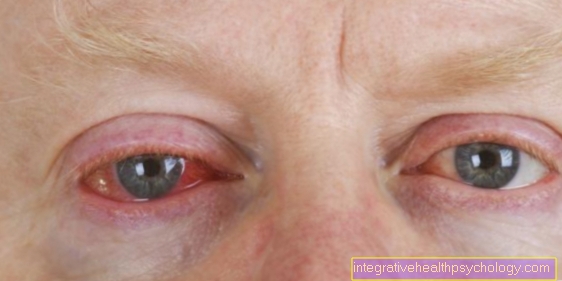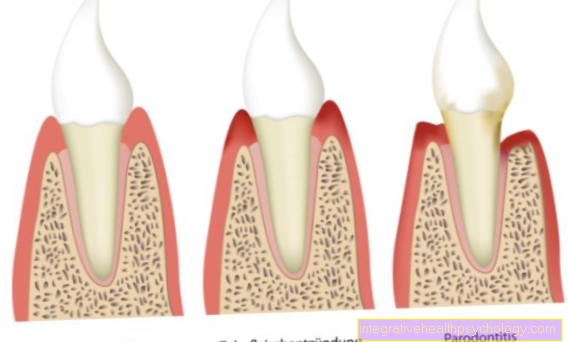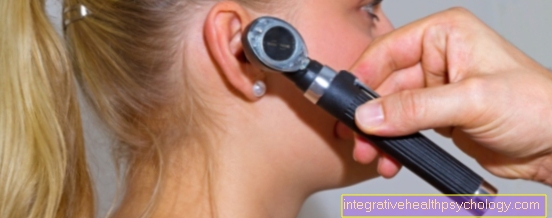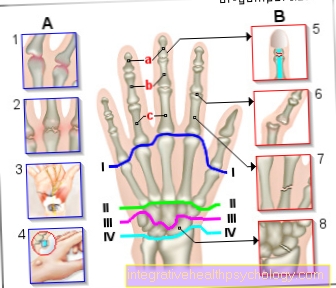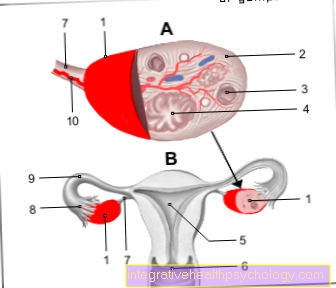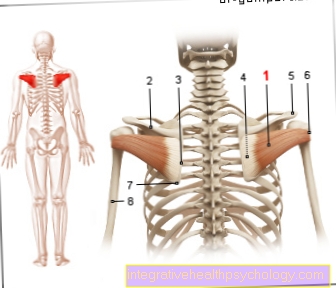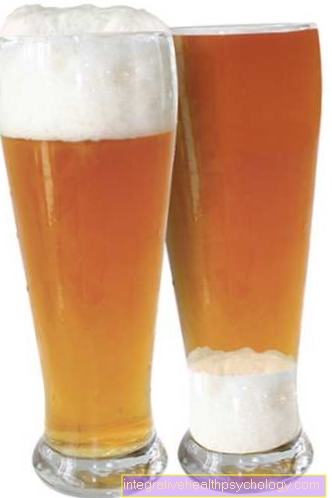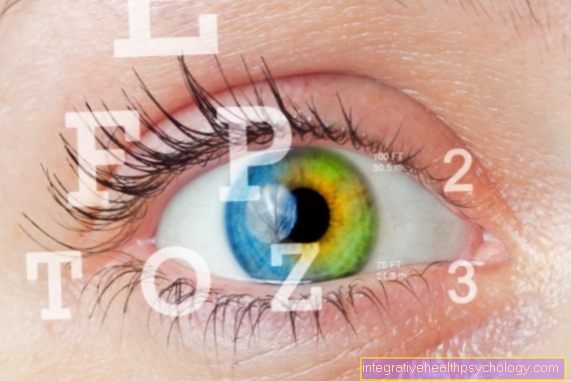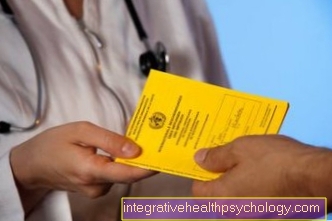The school break
What is the school break?
The school break, also called class break, describes the time between lessons that students can use to relax. In English or in Great Britain, a school break is called “break”, whereas in the USA a school break is called “recess”.
During this time the students can stretch their legs, go to the toilet, read something, eat and drink.
There are several breaks on a school day that are of different lengths, there are five-minute breaks, breaks that last a quarter of an hour or 45-minute breaks (usually the lunch break). The pupils usually spend the very short breaks in the classroom, with a longer break they usually have a playground with play facilities and break supervision.

How many school breaks are there?
How many school breaks there are depends not only on the individual school, but also on the length of a school day. If the children stay at school over midday, there is usually a lunch break that is at least 30 minutes long so that the students can have their lunch in peace. This break takes place between 12 p.m. and 2 p.m.
In most schools, students have a quarter of an hour or at least a ten minute break after double teaching. If the student only has lessons until 12 noon, there is only a quarter of an hour break for him, but if he has lessons until 4 p.m., he has at least two breaks of this length and a lunch break.
Some schools take a five-minute break between two lessons, if it is not a double period. This five-minute break is often used to allow students to change classrooms.
In addition, some teachers sometimes take a short drink break in class, regardless of any regulations, which is particularly common in physical education classes.
What is the big school break?
The long break is also called the court break because the pupils are obliged to leave the school building and stay in the playground, which is supervised by teachers.
The rain break is a special regulation, it is ordered by the school principal. In the event of bad weather, the students are allowed to stay in a building instead of going to the school yard. Most pupils use the long break to go to the toilet, have breakfast and chat with friends.
In elementary school, children often spend their breaks playing games, such as playing soccer, catching, hiding, etc.
The times of the long break are determined by the school regulations of the individual federal states. However, they tend to take place around 10 a.m. when the students have completed two lessons and their concentration drops. This break often separates two different subjects from each other, so that the students also have the opportunity to change rooms.
A break can also promote concentration and thus save energy for learning. For more helpful tips, also read the article at: What is concentration training?
What is a busy school break?
An active break, also known as a movement break, is an interruption in the classroom in which targeted movement exercises are carried out with the students. Contrary to many opinions, these breaks do not represent lost teaching time and are therefore not to be assessed negatively, but positively, as they have a beneficial effect on learning behavior.
With little effort, material and time, the teachers achieve a renewed increase in concentration, motivation and attunement to new lesson content that follows such a break.
The purpose of taking a break should be explained to the students so that they are motivated to participate. This additional movement not only clears the head, but also makes the students fitter and more self-confident.
What is in the School Break Act?
The school break law stipulates how long the breaks must be at least; a distinction is made between small, large and lunch breaks.
The lunch break only exists at a school that also offers afternoon classes.
It also stipulates the maximum number of consecutive hours that can be taught without a break. Depending on the type of school, this involves a maximum of three teaching units.
The schools themselves make further regulations regarding breaks in a teachers' conference, such as the common rooms during a break.
Smoking during school break, how is that regulated?
Many laws and regulations relating to schools are the responsibility of the federal states. More and more federal states (for example Hamburg, Hesse or Lower Saxony) are enforcing a total smoking ban on the school premises, this then applies not only to the students, but also to parents and teachers. With such a ban, smoking moves outside the school grounds during the break.
So far, the school conference has decided in each individual school whether and where smoking is allowed. As a rule, smoking corners were set up that are neither in the corridors, classrooms nor in the break rooms.
The school law only allows high school students from the eleventh grade and vocational school students to smoke, but in reality cigarettes are already consumed at a much younger age and this is generally tolerated by the school.
At this point we point out the consequences of smoking and recommend that you read the following articles:
- Consequences of smoking
- Illnesses related to smoking
What should I make my child to eat for the school break (bread box)?
Parents often pack their children's lunch boxes for school and ask themselves what exactly belongs in them. It should be avoided that the children come home with the full can or throw the bread in the trash. In order to prevent this, when putting together the sandwiches, you should always make sure that the children like the food, but this does not mean just giving them sweets.
Furthermore, children eat with their eyes, which means that the contents of the can of the person sitting next to them may look much more appetizing and therefore their own food will not be eaten. The parents should therefore put together a breakfast that the child not only likes to eat, but is also healthy and filling.
An ideal breakfast consists of several parts, once the bread or roll, which in the best case consists of whole grain cereals and thus contains more minerals and vitamins than white flour and makes you full for longer. It is advisable to top the bread heartily, for example with cheese, in order to keep the sugar intake as low as possible.
Furthermore, the child should also be packed some fruit, such as a banana or an apple, or vegetables, such as a carrot or cucumber.
Wrapping sweets such as gummy bears or cakes should be avoided if possible if a healthy diet for the child is important to you.
A balanced and healthy breakfast also includes a sufficient intake of fluids, and water is a good choice. If the child prefers a flavored drink, parents can give them cold, unsweetened fruit tea. Soft drinks are not recommended due to their high sugar content.
At this point, knowing about a healthy diet is important. For this we recommend our articles:
- Healthy Eating - What Does It Include?
- The right nutrition for healthy teeth
Recommendation from the editor
In the following you will find further information on the topic of concentration promotion:
- school enrollment
- Raising children - what should you watch out for?
- Educational assistance - what is it?
- What type of learner am I / is my child?
- Difficulty concentrating - what to do?
- Learning disabilities in children
- school enrollment

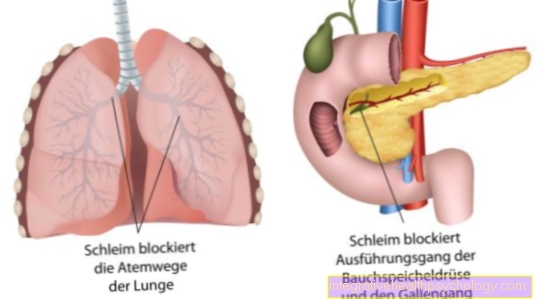
.jpg)
